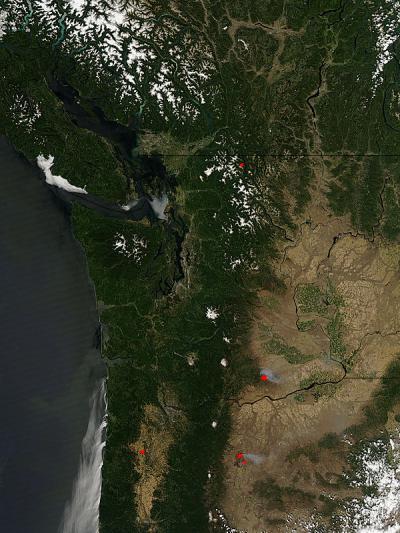It might be easier than previously thought for a planet to overheat into the scorchingly uninhabitable "runaway greenhouse" stage, according to new research by astronomers at the University of Washington and the University of Victoria published July 28 in the journal Nature Geoscience.
In the runaway greenhouse stage, a planet absorbs more solar energy than it can give off to retain equilibrium. As a result, the world overheats, boiling its oceans and filling its atmosphere with steam, which leaves the planet glowing-hot and forever uninhabitable, as Venus is now.
